An important center of Hellenistic civilization, Alexandria was the capital of Ptolemaic Egypt, Roman and Byzantine Egypt for almost 1,000 years. The city was founded around c. 332 BC by the Macedonian King,
Alexander the Great, during his conquest of the Achaemenid Empire.

Mosaic of Alexander the Great
At one point,
Alexandria became the largest city in the world and, for some centuries more, was second only to Rome. It became Egypt’s main Greek city, with Greek people from diverse backgrounds, as well as the largest urban Jewish community in the world.
Estimates of the total population range from 216,000 to 500,000 making it one of the largest cities ever built before the Industrial Revolution and the largest pre-industrial city that was not an imperial capital.
As one can imagine, such an important and large ancient center warranted important and large structures! Fortunately for us, the historian Strabo described the principle constructions, as seen from a ship entering the great harbor.

Artist rendition of ancient Alexandria, Egypt
So without further adieu, here are the 13 Most Important Buildings in Ancient Alexandria, Egypt:
1. The Royal Palaces. They filled the northeast part of town and occupied the ridge of Lochias, which shut in the Great Harbor on the east. Lochias (the modern Pharillon) has almost entirely disappeared into the sea, together with the palaces, the “Private Port,” and the island of Antirrhodus. Unfortunately this is the result of land subsidence and massive sinking which occurred throughout the northeast coast of Africa.
2. The Great Theater. This was used by Julius Caesar as a fortress, where he withstood a siege from the city mob after he took Egypt after the battle of Pharsalus.

Map of Ancient Alexandria, Egypt
3. The Poseidon, or Temple of the Sea God, close to the theater.

Bust of Marc Antony
5. The Emporium (Exchange).
6. The Apostases (Magazines).
7. The Navalia (Docks), which were west of the Timonium, along the seafront.

The “Cleopatra’s Needle” in London, Cleopatra’s Needle, Central Park, New York City, Cleopatra’s Needle, Paris, France
9. The Gymnasium and the Palaestra are both inland in the eastern half of the town; sites unknown.
10. The Temple of Saturn; alexandria west.
11. The Mausolea of Alexander (Soma) and the Ptolemies in one ring-fence, near the point of intersection of the two main streets.
12.
The Musaeum with its famous
Library of Alexandria (one of the seven wonders of the ancient world) and theater in the same region; site unknown.

Illustration of what might have been the Musaeum.
13. The Serapeum of Alexandria, the most famous of all Alexandrian temples. Strabo tells us that this stood in the west of the city. Recent discoveries place it near “Pompey’s Pillar,” which was an independent monument erected to commemorate Diocletian’s siege of the city.
While a few other public buildings on the mainland are known, there is little information as to their actual position. None, however, are as famous as the structure that stood on the eastern point of Pharos island.
The Great Lighthouse,
another of the seven wonders of the ancient world, stood at 138 meters (453 feet) high. It took 12 years to complete and served as a prototype for all later lighthouses in the world.

Pharos of Alexandria, Egypt
The Pharos lighthouse was destroyed by an earthquake in the 14th century, making it the second longest surviving ancient wonder, after the Great Pyramid of Giza.
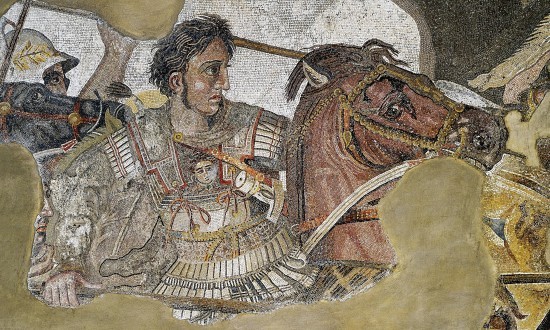
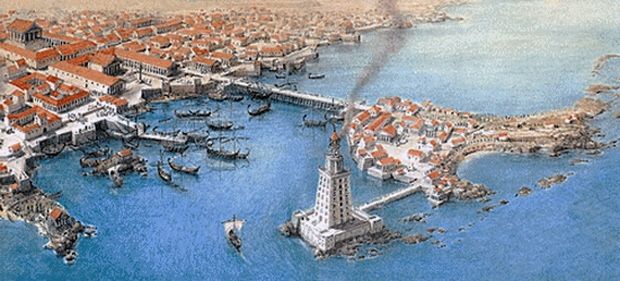
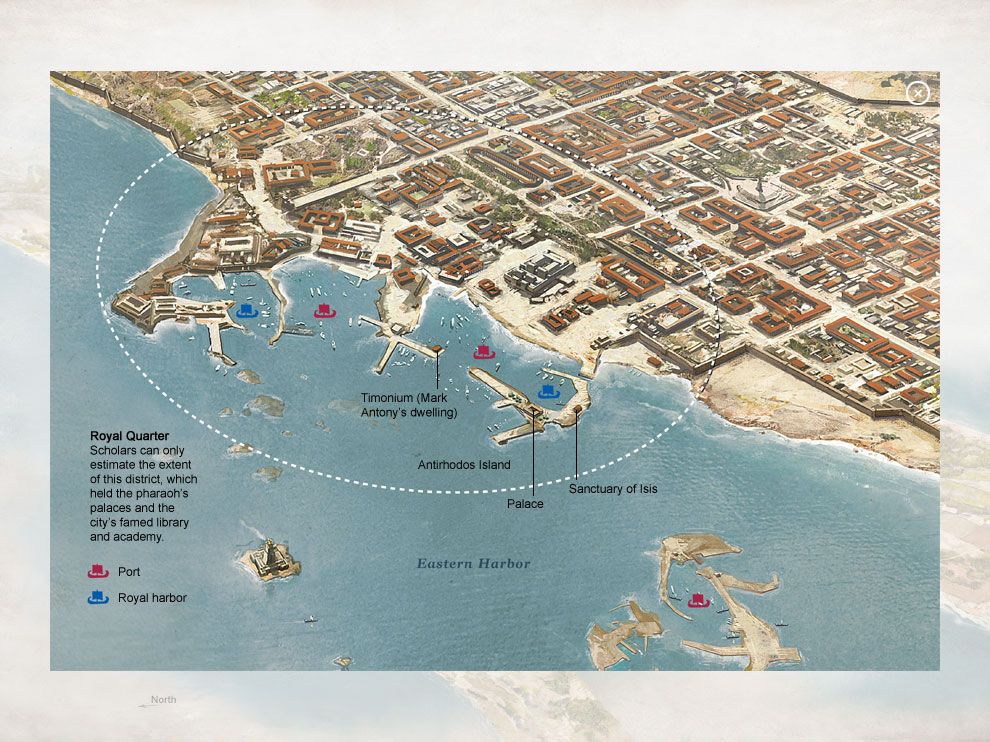
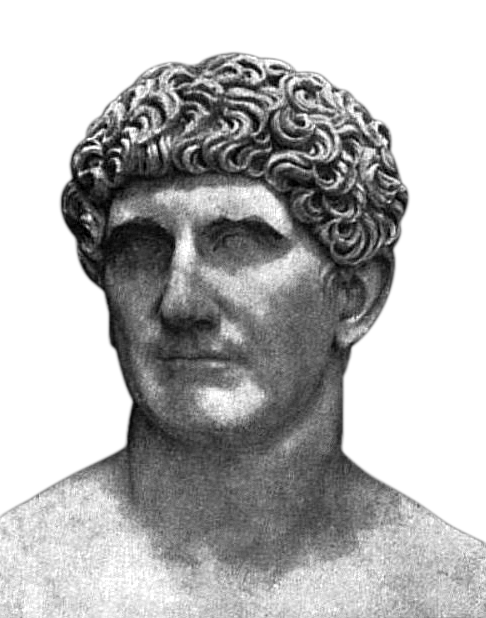
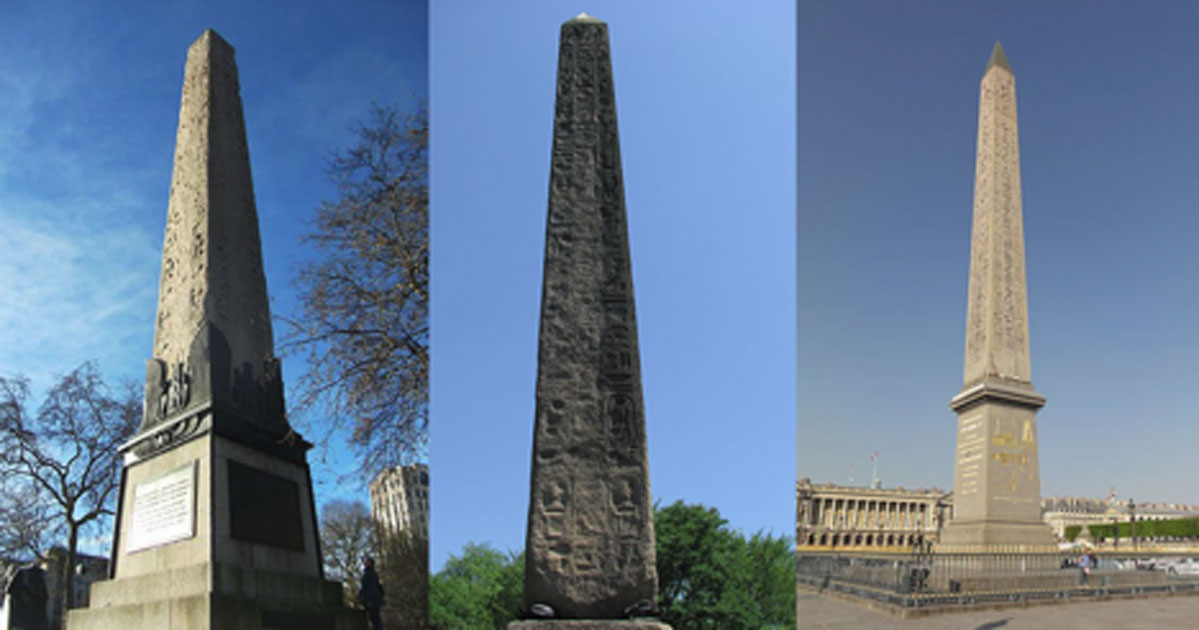
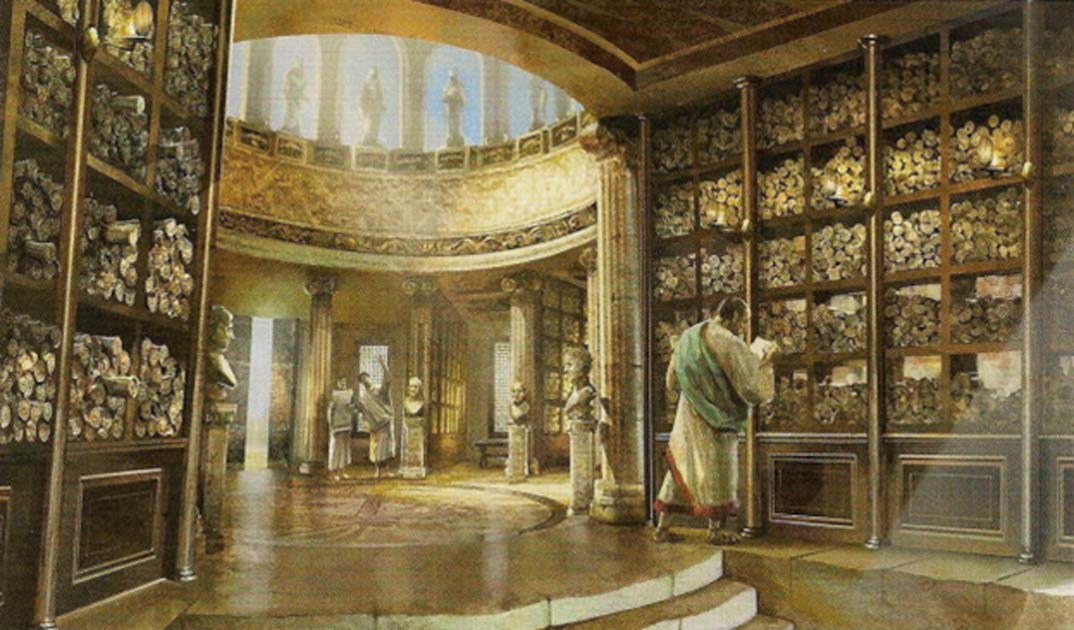
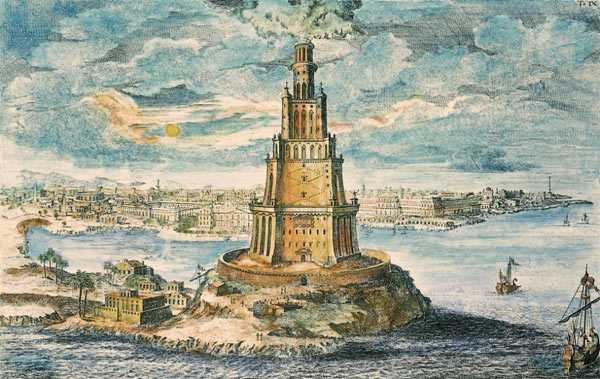









No comments yet. You should be kind and add one!
Our apologies, you must be logged in to post a comment.